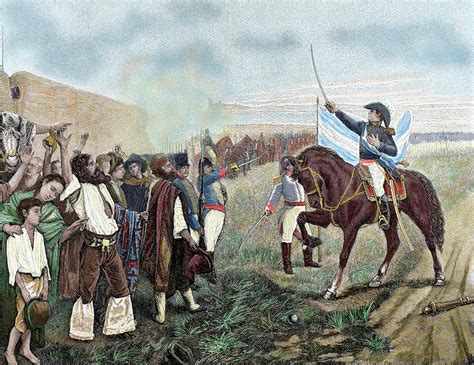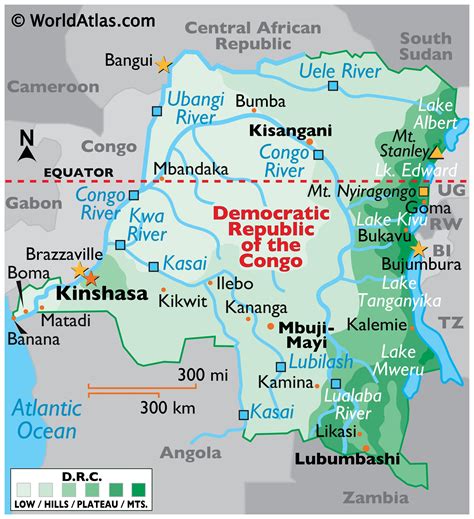Explore the origins of North Korea, formation of the Korean War, leadership under Kim Il-sung, nuclear ambitions, and transition to Kim Jong-un in this insightful blog post.
Origins of North Korea
Contents
The origins of North Korea can be traced back to the end of World War II, when the Korean peninsula was divided into two separate zones of occupation by the Soviet Union and the United States. This division eventually led to the creation of two separate governments, with the North being controlled by the Soviets and the South being controlled by the Americans.
After years of political and social unrest, the Democratic People’s Republic of Korea (DPRK) was officially established in 1948 under the leadership of Kim Il-sung, a former anti-Japanese guerrilla fighter. The establishment of North Korea as a separate and independent state was the result of a complex series of events that were influenced by the geopolitical interests of the Soviet Union and the United States during the early years of the Cold War.
One of the key factors that contributed to the creation of North Korea was the desire of the Soviet Union to establish a communist regime in the Korean peninsula, which was seen as a strategic move to counter the influence of the United States in the region. This ultimately led to the establishment of North Korea as a communist state, with Kim Il-sung as its first leader.
As a result of the division of the Korean peninsula, tensions between the North and South increased, eventually leading to the outbreak of the Korean War in 1950. The origins of North Korea can be understood in the context of the broader Cold War rivalry between the United States and the Soviet Union, as well as the desire of the Korean people to assert their independence and sovereignty in the aftermath of World War II.
Formation of the Korean War
“`html
Formation of the Korean War
The Korean War began on June 25, 1950, when North Korean forces crossed the 38th parallel into South Korea. The war was a result of the division of Korea at the end of World War II, with the North being supported by the Soviet Union and the South by the United States and its allies. Tensions had been building between the two sides, and the invasion by North Korea led to a direct military conflict.
While the immediate cause of the war was the North Korean invasion, the underlying factors were complex and rooted in the long history of Korea. The division of the country had left deep-seated political, social, and ideological divides that contributed to the outbreak of hostilities.
As the conflict escalated, the United Nations became involved, condemning the North Korean aggression and authorizing the use of force to repel the invasion. This marked the first time that the UN had sanctioned military action, reflecting the global significance of the Korean War.
The war lasted for three years and resulted in a stalemate, with neither side making significant territorial gains. The conflict had a devastating impact on the Korean peninsula, causing widespread destruction and loss of life. It also heightened tensions between the global superpowers, as the United States and the Soviet Union became directly involved in the fighting.
In addition to the human cost, the Korean War had far-reaching geopolitical implications, shaping the dynamics of the Cold War and the ongoing division of Korea. It laid the groundwork for the continued standoff between North and South Korea, and its legacy continues to influence regional and international relations to this day.
“`
Leadership under Kim Il-sung
The leadership under Kim Il-sung was characterized by his establishment of a totalitarian regime, which allowed him to maintain his grip on power for over four decades. Kim Il-sung utilized a combination of propaganda and repression to control the population and eliminate any potential opposition. Through the creation of a personality cult and the ideology of Juche, he presented himself as the infallible leader who was central to the destiny of North Korea.
Furthermore, Kim Il-sung’s leadership was marked by his military-first policy, which prioritized the development and modernization of the North Korean military. This policy allowed him to maintain a strong grip on power and project an image of strength both domestically and internationally. Additionally, Kim Il-sung’s leadership saw the consolidation of power within his own family, as he groomed his son, Kim Jong-il, as his successor, laying the groundwork for a dynastic leadership that continues to this day.
Despite the isolation and deprivation experienced by the North Korean people under Kim Il-sung’s leadership, he effectively maintained his authority and created a legacy that continues to shape North Korea to the present day. His authoritarian rule and focus on military strength have had a lasting impact on the political culture of the country, and his family’s dynastic rule has ensured the continuity of this legacy.
North Korea’s Nuclear Ambitions
One of the most controversial aspects of North Korea’s history is its nuclear ambitions. The country’s pursuit of nuclear weapons has been a source of tension and concern for the international community for decades. Despite widespread condemnation and economic sanctions, North Korea has continued to develop its nuclear program, conducting numerous missile tests and even claiming to have successfully tested nuclear warheads.
North Korea’s nuclear ambitions can be traced back to the aftermath of the Korean War, when the country sought to protect itself from the threat of invasion. The leadership under Kim Il-sung was committed to developing a nuclear deterrent in order to ensure the survival of the regime. Over the years, North Korea’s nuclear program has become a defining feature of the country’s foreign policy and a source of significant diplomatic tension.
The international community has made numerous attempts to persuade North Korea to abandon its nuclear ambitions, offering economic incentives and trade deals in exchange for denuclearization. However, these efforts have largely been unsuccessful, and North Korea has continued to defy international pressure by advancing its nuclear program.
In recent years, the transition to Kim Jong-un has not brought about any significant changes in North Korea’s nuclear policy. The country’s continued pursuit of nuclear weapons has only heightened concerns about the potential threat posed by the regime. As a result, North Korea’s nuclear ambitions remain a major source of concern for global security and stability.
Transition to Kim Jong-un
After the death of his father, Kim Jong-il, in December 2011, Kim Jong-un quickly assumed power as the Supreme Leader of North Korea. This transition marked the beginning of a new era for the reclusive nation, as the young and relatively inexperienced leader took the reins of the country. Despite doubts about his ability to lead, Kim Jong-un quickly consolidated his power and began to assert his authority over the military and government.
Under Kim Jong-un’s leadership, North Korea continued to pursue its controversial nuclear ambitions, conducting several high-profile missile tests and nuclear detonations. The young leader also implemented a policy of byungjin, or the parallel development of the country’s nuclear weapons program and its economy. This approach signaled a continuation of North Korea’s isolationist and confrontational stance towards the international community.
Kim Jong-un’s rule has been characterized by a series of purges and executions of high-ranking officials, as he sought to solidify his grip on power and eliminate potential threats to his leadership. The young leader also made efforts to cultivate a cult of personality around himself, drawing on the legacy of his grandfather, Kim Il-sung, and father, Kim Jong-il.
Despite initial speculation about the potential for reform under Kim Jong-un’s rule, North Korea has maintained its oppressive political system and human rights abuses. The country has continued to face international condemnation and sanctions for its provocative actions, including the development of nuclear weapons and ballistic missiles.
In recent years, Kim Jong-un has sought to shift the focus of his leadership towards economic development and engagement with the international community. This has led to high-profile summits with South Korean President Moon Jae-in and meetings with world leaders, including US President Donald Trump. However, the future trajectory of North Korea under Kim Jong-un remains uncertain, and the international community continues to closely monitor the reclusive nation’s actions.













